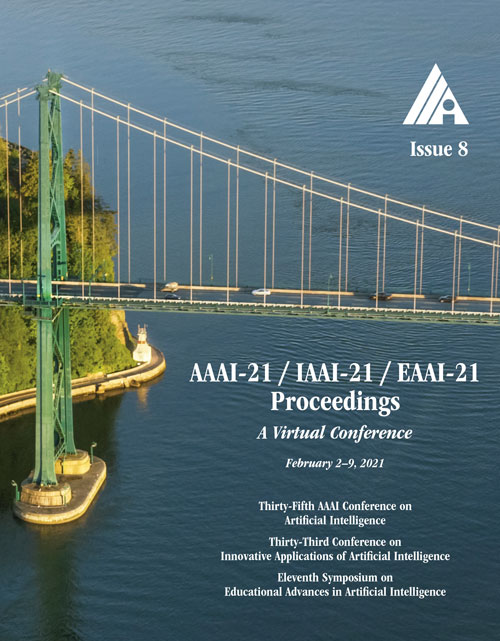Semi-Supervised Metric Learning: A Deep Resurrection
DOI:
https://doi.org/10.1609/aaai.v35i8.16894Keywords:
Representation Learning, Semi-Supervised Learning, Graph-based Machine Learning, Dimensionality Reduction/Feature SelectionAbstract
Distance Metric Learning (DML) seeks to learn a discriminative embedding where similar examples are closer, and dissimilar examples are apart. In this paper, we address the problem of Semi-Supervised DML (SSDML) that tries to learn a metric using a few labeled examples, and abundantly available unlabeled examples. SSDML is important because it is infeasible to manually annotate all the examples present in a large dataset. Surprisingly, with the exception of a few classical approaches that learn a linear Mahalanobis metric, SSDML has not been studied in the recent years, and lacks approaches in the deep SSDML scenario. In this paper, we address this challenging problem, and revamp SSDML with respect to deep learning. In particular, we propose a stochastic, graph-based approach that first propagates the affinities between the pairs of examples from labeled data, to that of the unlabeled pairs. The propagated affinities are used to mine triplet based constraints for metric learning. We impose orthogonality constraint on the metric parameters, as it leads to a better performance by avoiding a model collapse.Downloads
Published
2021-05-18
How to Cite
Dutta, U. K., Harandi, M., & Chandra Shekhar, C. (2021). Semi-Supervised Metric Learning: A Deep Resurrection. Proceedings of the AAAI Conference on Artificial Intelligence, 35(8), 7279-7287. https://doi.org/10.1609/aaai.v35i8.16894
Issue
Section
AAAI Technical Track on Machine Learning I

